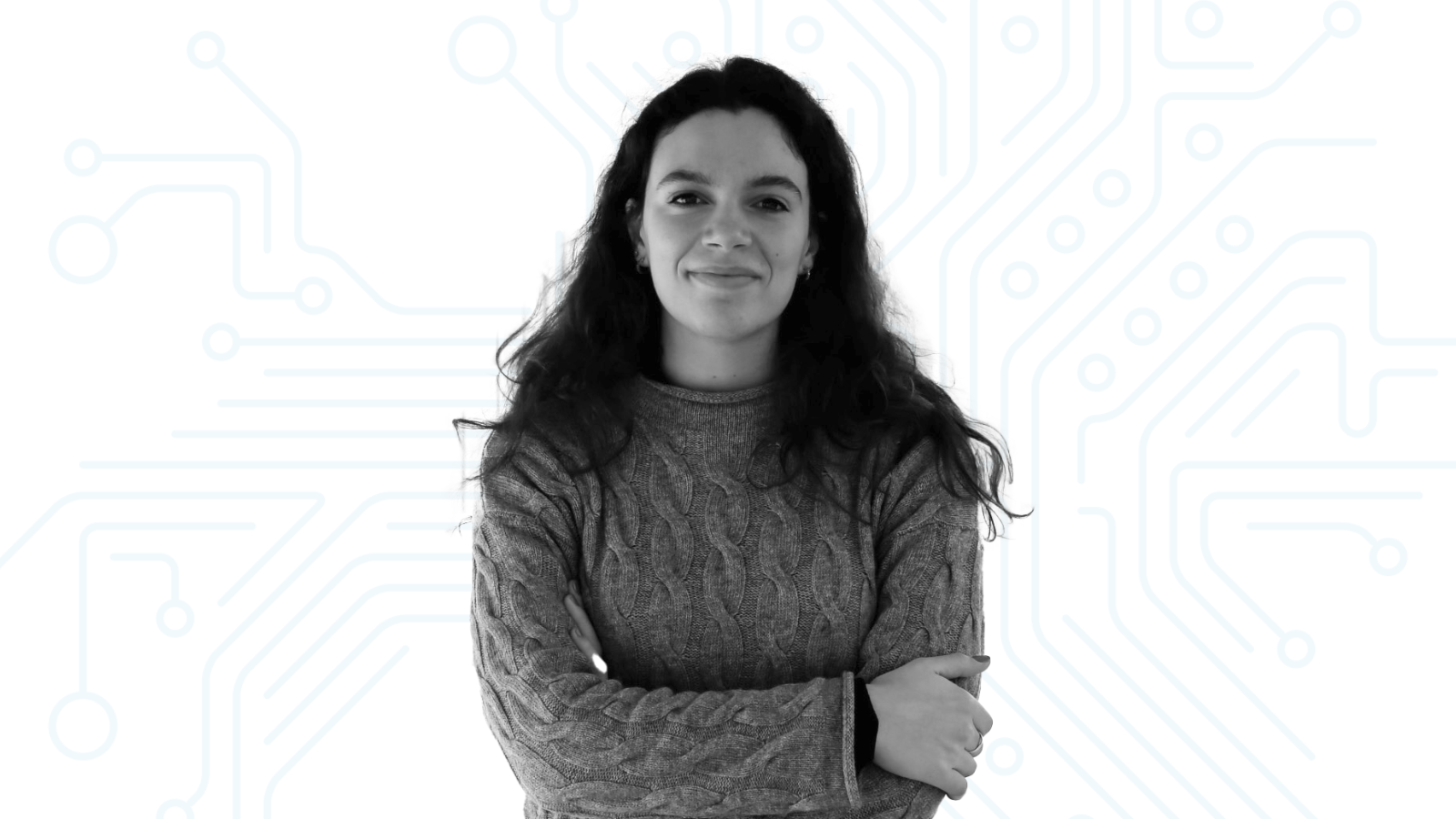INESC TEC Sciene Bits – Episode 48
Guest: Adriana Arrais, INESC TEC researcher
Keywords: Parkinson, monitoring, telehealth, personalised medicine, AI

In this episode of Science Bits, we discuss the use of technology for monitoring Parkinson’s disease in non-clinical environments and dive into a study with promising results about tracking symptoms in patients’ homes.
In 1817, James Parkinson published An Essay on the Shaking Palsy, where he first described the symptoms of a disease he named shaking palsy. Some years later, and thanks to the work by French doctor Jean-Martin Charcot, that shaking palsy came to be known as Parkinson’s disease.
Two hundred years later, it is estimated that this neurodegenerative disease, still without a cure, affects 10 million people worldwide. The figures indicate that the global incidence is increasing at a faster rate than any other neurological disorder – Parkinson’s disease is now the second most common, after Alzheimer’s disease. In Portugal, Parkinson’s disease affects between 18,000 and 20,000 people.
As there is still no cure, treatments focus on reducing the limitations caused by symptoms – especially motor-related issues: tremors, rigidity, and postural instability. This is where patient monitoring comes in, to understand how the condition is progressing and whether therapy adjustments are necessary. However, there are several challenges to said monitoring activities.
At INESC TEC, a team has been working on developing a solution that enables the monitoring of people with Parkinson’s disease, using wearable devices that allow for non-invasive and wireless measurement of movement signals. Recently, they tested the monitoring in non-hospital settings, and the results are promising. Would you like to learn more about them? We’ve invited researcher Adriana Guedes Arrais to tell us all about these advances.



 News, current topics, curiosities and so much more about INESC TEC and its community!
News, current topics, curiosities and so much more about INESC TEC and its community!